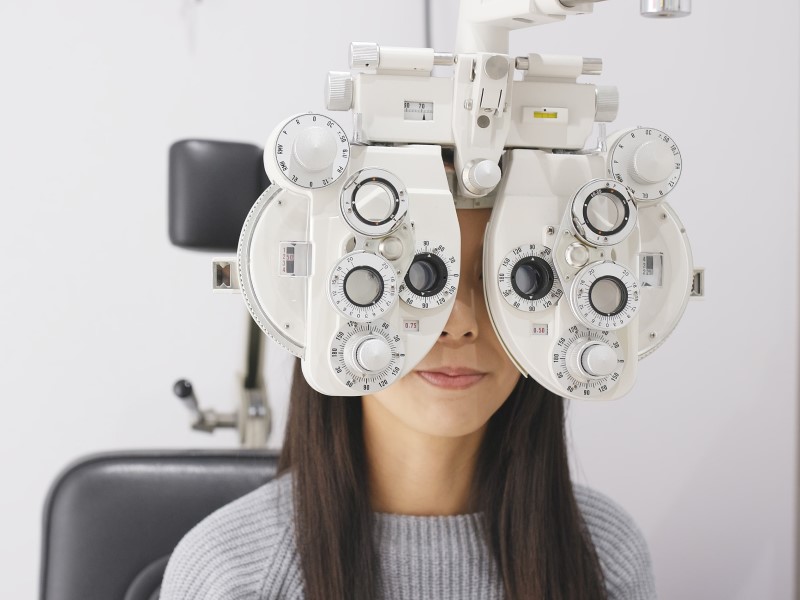The headlines scream of supply chain disruptions as well as the increasing frequency of extreme weather situations. Even though “prepping” may sound like something from a movie, disaster preparedness is not only for those who fear the day when the world will end. It’s not just intended for the doomsday-loving crowd. You can still be active even if your are not an extreme survivalist.

Disaster Preparedness: More Than the “Here Comes the Apocalypse T-Shirt”
It isn’t easy to imagine a catastrophic event. Common images of disaster preparedness might include shelves bursting with canned goods, or bunkers that are located in remote areas. But disaster preparedness doesn’t have to be that extreme. It’s about taking practical steps to make sure you and your family members are able to survive any storm, whether literally or metaphorically.
When Adrenaline is pumping, the power of a Plan
Imagine a power cut-off as well as a flooding or any other emergency. In the aftermath, adrenaline surges then panic erupts and clear thinking is forced to take place in the background. A disaster plan is essential in such circumstances. This plan is a route to follow and keeps everyone at ease in the chaos.
Sharpen Your Shopping Skills Online: Building Your Bag to Go Bag and Emergency Kit
You can think of disaster planning as the ability to shop online for an emergency. Use your online shopping expertise! Make sure you have an emergency kit ready to provide shelter in case of emergency, including the essentials such as water, non-perishable foods, and first-aid items. Always remember to bring a Go Bag portable bag that contains essentials for evacuation. These essentials can be researched and acquired as time passes. The preparation for disasters is an easy task.
Disaster Preparedness: A Journey, Not a Destination
Building disaster-resilience is a process that goes on. By systematically checking your supply and ensuring that nothing has expired or is no longer in use. Practice drills will familiarize your family members with the procedure, and reduce anxiety in an emergency.
From To Prepared: Practical Steps for Non-Preppers
Begin slowly If the thought of preparing for the possibility of disasters seems overwhelming. Begin with a simple first-aid kit and one gallon of water. Learn about basic emergency procedures such as CPR and sheltering in place protocols. Even small actions like these can make enormous difference during a situation.
Shelter-in place strategies: beyond the carry bag
Not all disasters are about evacuation. Sheltering in place can be the most effective option. An emergency kit filled with water, food and medications becomes crucial when faced with these kinds of situations. Look into alternative sources of power like batteries-powered radios, and think about stocking up on some kind of entertainment (books and games,) for prolonged periods of being in isolation.
Building Resilience: Be Prepared for Disasters as a Familie
Ensuring that your family is involved in disaster preparedness strengthens everyone and fosters resilience. Discuss the risks that may be present in your neighborhood and come up with a plan for family members. Set up roles and responsibilities to exercises and ensure that everyone is aware of where they can meet and who to call in the event emergencies arise.
Make It a Habit Building on ongoing disaster preparedness
It’s not about being paranoid but rather peace of mind. You can boost the safety of your family by making small changes to your daily routine. Subscribe to local emergency alerts and keep track of weather forecasts frequently. Make sure you rotate your emergency items. These simple steps can make a an enormous difference in the event of a disaster.
Make use of your shopping skills to prepare for disasters
You can use your internet shopping skills again. Buy non-perishable goods in sales and purchase them in bulk. Rotate your water supply by making it part of your regular consumption of water. Invest in multi-purpose tools like the Swiss Army Knife to be more prepared. You can use everyday activities to build an arsenal of disaster preparedness.
Disaster-ready, Not Insightful Strategies for the Future with a Greater Security
Make sure that you don’t require surrendering to the fear. It’s about being in control and taking proactive measures to ensure your safety and the well-being of you and your family members. By taking practical steps and incorporating these guidelines into your routine it will help you increase your sense of security and better prepared to confront the unthinkable. Do not be caught off guard and begin planning to ensure a secure future.